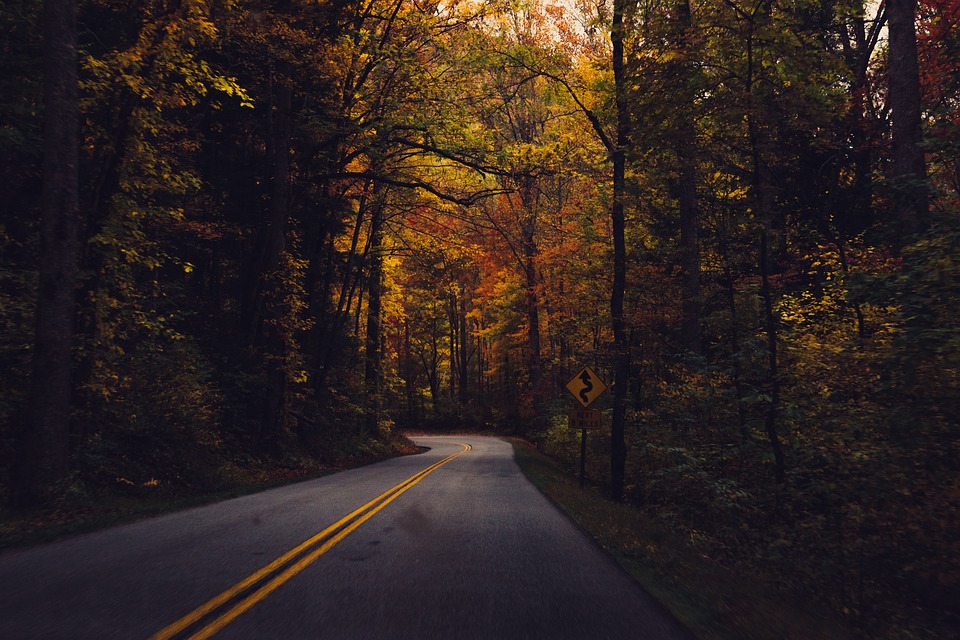The flyover states. The states that lie between New York and California. They feel ignored. They are misunderstood by the “coastal elites”. They just decided who the next president will be.
One might identify West Virginia as one of the first such states left of the East Coast. Zooming in from 38,000 feet, you find that the Mountain State has its own version of this premise: Drive-through Towns.
It’s a cold November morning in Elkins, West Virginia. The brilliant colors of fall have punched out, as the region dons its winter garb of browns and grays for the long six months of the coming season. The Holiday Inn Express lobby is sprinkled with a mixture of people who represent business, tourism, higher education, tied together with the morning edition of the Inter Mountain. My free coffee tries to cut through the fog that was laid the night before by too many Big Timber IPAs and a couple of memorable stops on the walk back, one being the Jabberwock. Time for one more chug, a quick scan of a train brochure and a re-entry into the crisp mountain air and into the car. Time to drive back to Wheeling.
The suggested route back is to take 33 West through Buckhannon to Weston and then up 79 to 70 West, and then home. The sun will not be making an appearance and a light drizzle has begun, but there is a unique beauty that has affected me this day, and there is always the opportunity, wherever you may be in West Virginia, to take the “scenic route”. So I take 250 North through Junior, Belington and Independence. Winding and wondering, hugging the Tygart Valley River. It’s beautiful.
Like an old fashioned necklace, intermittently studded with fake jewels, you find yourself by yourself for a couple-three miles, then, if you don’t blink, a town like Webster appears. You quickly try to gain the scope of the place, notice a few diners that might or might not be open, an old V.A, a Get-n-Go, and then you’re back to the middle of nowhere.
What are these places? Who lives here?
There is a possibility of progress in West Virginia. Cities like Wheeling, Charleston and Morgantown are considering thoughtful projects that have eyes on the future rather than the past. But as West Virginia’s cherished hills provide cover and present geographic challenges, like the lack of a broadband infrastructure for example, its smallest communities will be left behind. This can’t happen if we truly want to get beyond the crossroads that we are currently stuck at: are we going it alone, or are we all going to pull in the same direction as a state, as we seek a brighter future?
Let’s commit to going the “back-way” more often, bringing every small town with us on this journey. Let’s RISE West Virginia.

